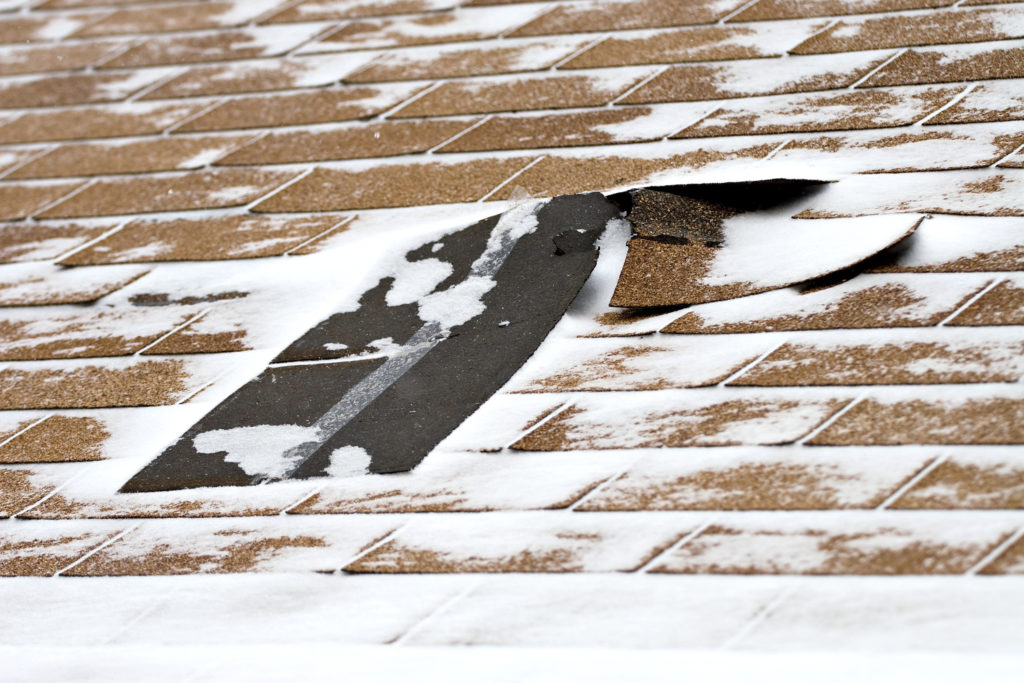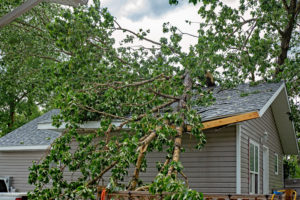Things to Consider When Replacing Your Roof in the Winter

When it comes to finding the perfect time for roof replacement, many homeowners experience difficulty deciding. In some cases, homeowners hesitate to replace their roof in the winter due to fear of weather complications or disorientation of the working environment however there can be distinct advantages that make this season a great choice! As you consider whether or not now is the right time for you to have your roof replaced, it’s essential that you understand all of your options so that you can make the best decision possible when it comes to ensuring that your home is safe and secure from prevailing precipitation issues. Let’s take a closer look at why replacing your roof during winter might be an ideal option for you!
What to Consider Before Making a Decision
Winter can be one of the toughest times to replace a roof, as inclement weather, snow, and ice are more likely to complicate the process. The cold temperatures also make it difficult for the shingles to adhere properly. As you consider whether or not to replace your roof during the winter months, there are a few important things to keep in mind. For example, depending on where you live and local climate conditions, replacing a roof during winter may be necessary due to time constraints when warranties are involved or severe damage to your roof. You also want to make sure that your contractor is experienced in winter roofing and has an appropriate plan in place for working in poor weather conditions. It’s critical that all safety measures are taken throughout the process and that the job is completed using proper technique and quality products so that your new roof will last for many years.
Cost of Replacement in The Winter
The cost of replacement depends on several different factors, such as materials needed and labor costs. In general, the colder temperatures that come with winter tend to increase the price because special measures need to be taken to ensure a safe installation. If snow must be removed first before replacement can start, that will add onto the overall price. Labor costs also usually go up depending on whether workers must work in cold weather conditions, which can make some tasks more difficult than normal. If a contractor needs to use any heating equipment while they’re working on it, this too can drive up costs. All of these components should be taken into consideration when thinking about winter roof replacements and associated costs.
Replacing a roof in the winter can be tricky, but there are several reasons why it might be a good idea. Depending on your location and the severity of damage to your roof, you may need to replace it during the winter months. Keep in mind that labor costs are usually higher during this time due to weather conditions, so make sure you factor that into your budgeting decisions. In general, replacing a roof during winter is possible but can be more expensive than doing so at other times of year, but the peace of mind that comes with knowing your home is well-protected from bad weather can be worth it!




